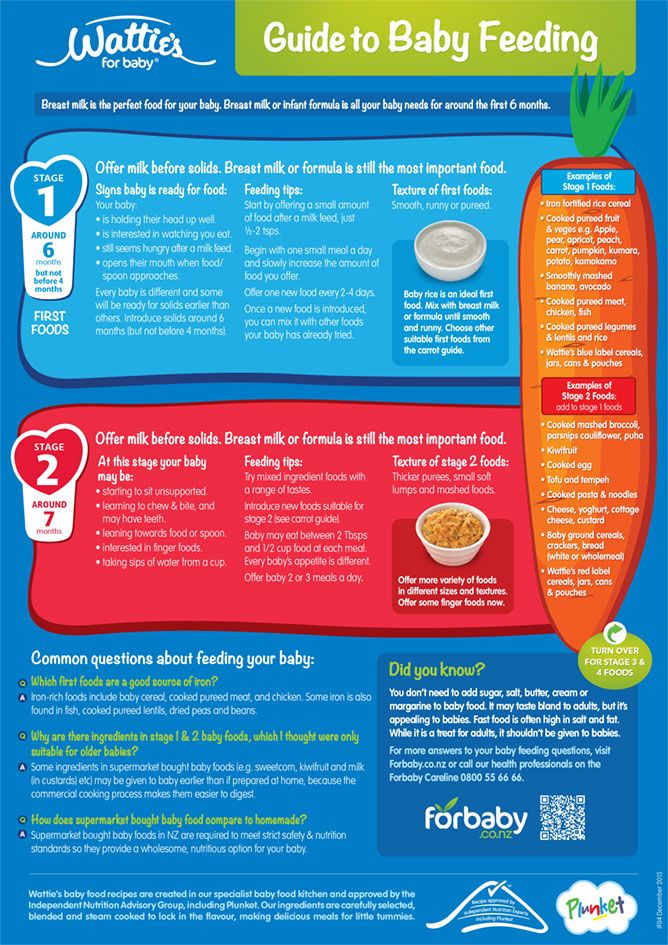Mix feeding breastmilk and formula
How to combine breast and bottle feeding
It can take several weeks for you and your baby to feel happy and confident with breastfeeding.
Once you've both got the hang of it, it's usually possible to offer your baby bottles of expressed milk or formula alongside breastfeeding.
This is sometimes called mixed or combination feeding.
Why combine breast and bottle?
You may want to combine breastfeeding with bottle feeding if you:
- are breastfeeding and want to use a bottle to offer your baby some expressed breast milk
- want to breastfeed for some of your baby's feeds, but give bottles of formula for 1 or more feeds
- are bottle feeding your baby and want to start breastfeeding
- need to leave your baby and want to make sure they have some milk while you're away
Introducing formula feeds can affect the amount of breast milk you produce. There is also a small amount of evidence to show babies may not breastfeed as well because they learn to use a different kind of sucking action at the bottle than at the breast.
These things can make breastfeeding more difficult, especially in the first few weeks when you and your baby are still getting comfortable with breastfeeding.
Your breastmilk supply will usually not be affected if you start bottle feeding your baby when they are a bit older, you are both comfortable with breastfeeding, and you breastfeed every day.
Introducing formula feeds
If you're combining breastfeeding with formula feeds both you and your baby can carry on enjoying the benefits of breastfeeding.
If you choose to introduce infant formula:
- it's best to do it gradually to give your body time to reduce the amount of milk it makes – this helps lower your chance of getting uncomfortable, swollen breasts, or mastitis
- if you're going back to work, start a few weeks beforehand to give both of you time to readjust
- if your baby is 6 months old or more and can drink milk from a cup, you may not need to introduce a bottle at all
For more information, see drinks and cups for babies.
Giving your baby their first bottle
It may take a while for a breastfed baby to get the hang of bottle feeding, because they need to use a different sucking action.
- it usually helps to give the first few bottles when your baby is happy and relaxed – not when they're very hungry
- it may help if someone else gives the first bottle feeds, so that your baby is not near you and smelling your breast milk
- you might want to try using a different position for bottle and breastfeeding
See more advice on how to bottle feed.
Restarting breastfeeding
If you want to start breastfeeding more and give your baby fewer bottles, it's a good idea to ask your midwife, health visitor or breastfeeding supporter for support.
These tips may help too:
- Hold and cuddle your baby as much as possible, ideally skin to skin. This will encourage your body to make milk and your baby to feed.
- Express your breast milk regularly. Expressing releases the hormone prolactin, which stimulates your breasts to make milk. About 8 times a day, including once at night is ideal. It may be easier to express by hand to begin with – your midwife, health visitor or breastfeeding supporter can show you how.
- Try bottlefeeding while holding your baby skin to skin and close to your breasts.
- If your baby is latching on, feed little and often. Do not worry if your baby does not feed for long to begin with. See tips on how to get your baby properly positioned and attached.
- Choose times when your baby is relaxed, alert and not too hungry, and do not force your baby to stay at the breast.
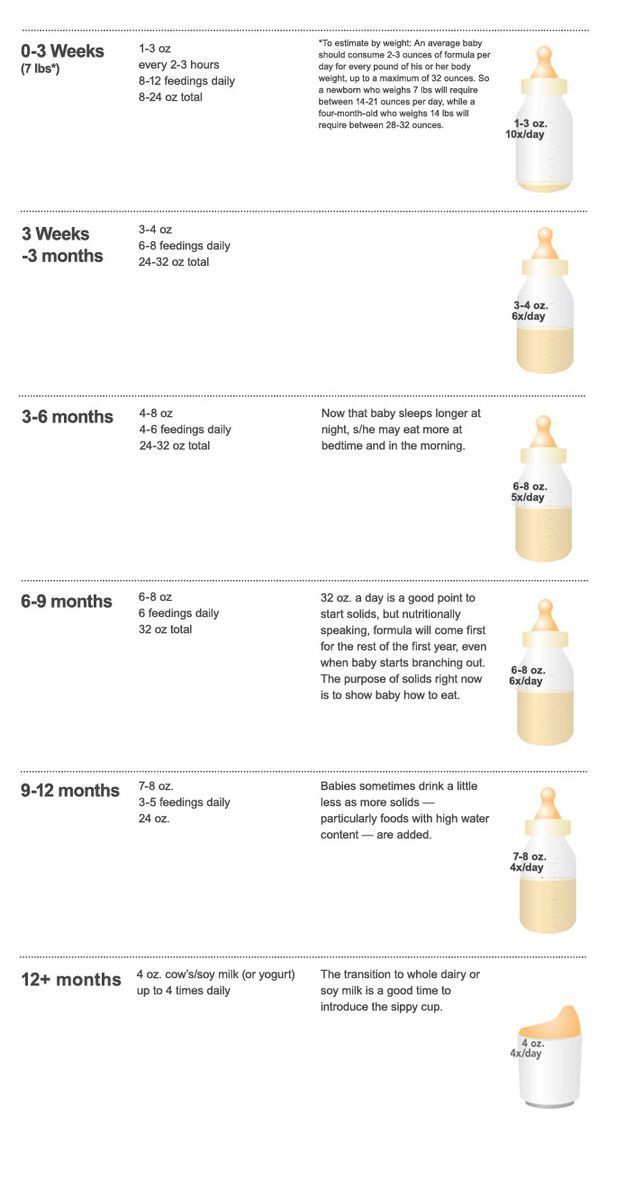
- Decrease the number of bottles gradually, as your milk supply increases.
- Consider using a lactation aid (supplementer). A tiny tube is taped next to your nipple and passes into your baby's mouth so your baby can get milk via the tube as well as from your breast. This helps to support your baby as they get used to attaching to the breast. Your midwife, health visitor or breastfeeding supporter can give you more information.
See more tips on boosting your milk supply.
Help and support with mixed feeding
If you have any questions or concerns about combining breast and bottle feeding:
- talk to your midwife, health visitor or breastfeeding supporter
- call the National Breastfeeding Helpline on 0300 100 0212 (9.30am to 9.30pm, every day)
- find breastfeeding support near you
Video: why combine breast and bottle feeding?
In this video, 3 mothers discuss ways to combine breast and bottle feeding.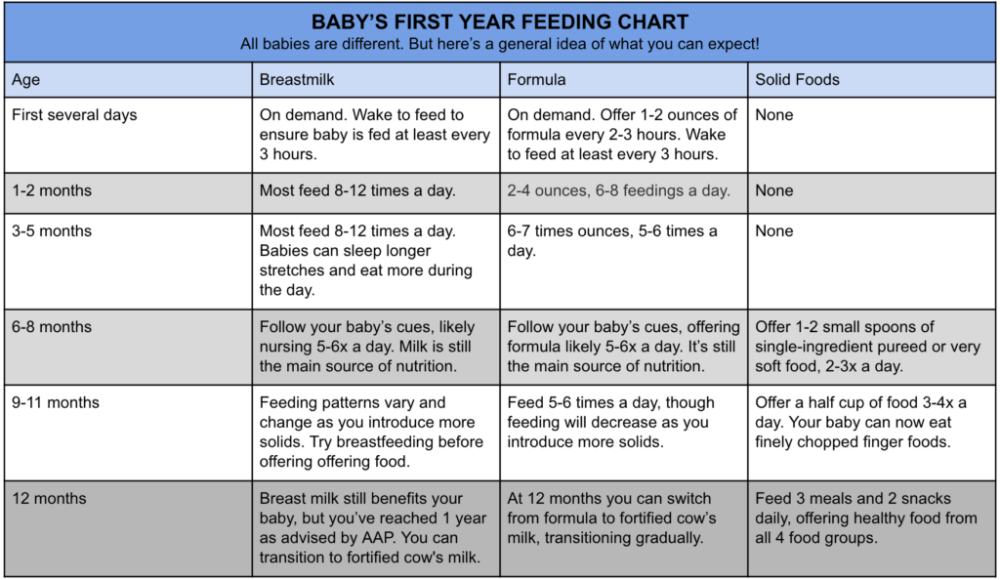
Media last reviewed: 22 March 2020
Media review due: 22 March 2023
Page last reviewed: 8 October 2019
Next review due: 8 October 2022
Can You Mix Breast Milk and Formula?
The breast laid plans of moms and babes oft go awry — so if you set out to exclusively breastfeed, don’t feel guilty if you wake up one morning (or at 3 a.m.), and decide you need to reset your standards.
Breastfeeding can be immensely rewarding and incredibly challenging. It can be a source of great joy and a cause of literal pain.
We all want the best for our babies, and while we’ve been reminded time and time again that breast is best, formula can be a blessing and a game changer.
The good news for weary parents is that you can have it both ways. It’s possible to successfully feed your baby breast milk and formula.
You can find compromise, provide your baby with the nutrition they need, and maybe even catch a break. Here’s what you need to know.
There’s no denying that the benefits of breast milk are plentiful. A mother’s milk evolves to meet baby’s changing nutritional needs, offers antibodies that protect from infection, and may even reduce the risk of sudden infant death syndrome.
What’s more, breastfeeding is good for a new parent, too. It can speed up the recovery process, help fight postpartum depression, and reduce the risk of certain cancers.
While the American Academy of Pediatrics and World Health Organization both recommend exclusively breastfeeding for the first 6 months of a child’s life, parents know that this isn’t always possible or practical.
This uncompromising expectation can eventually lead to breastfeeding burnout and cause moms to prematurely quit.
In fact, one small study has shown that using early limited formula in combination with breastfeeding for newborns who were losing weight while still in the hospital had no negative impacts on breastfeeding and actually reduced rates of hospital readmission.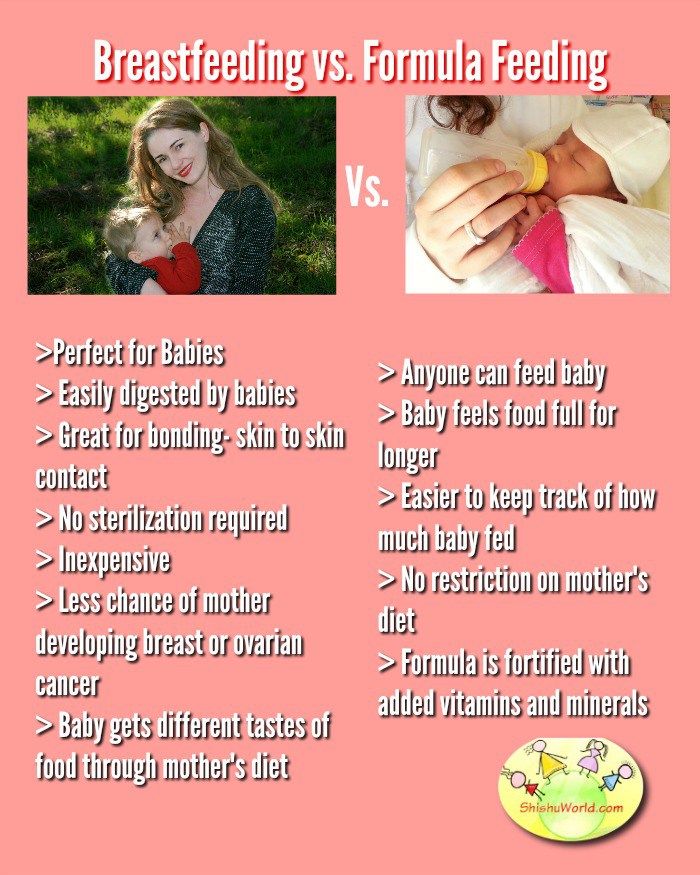
So yes, exclusive breastfeeding is the ideal — but if your reality suggests that it isn’t possible, formula boasts the vitamins, minerals, carbohydrates, fats, and protein an infant requires to survive and thrive.
Formula can offer an option that meets nutritional needs while also allowing for breastfeeding parents to address and adapt to their own needs.
When it comes to breastfeeding, it doesn’t have to be an all-or-nothing experience.
If you’re feeling overwhelmed, over-tapped, or just plain over it, consider supplementing with formula in order to continue your breastfeeding journey.
While breastfeeding is definitely encouraged as much as possible, remember that some breastfeeding is better than none, and you can find a middle ground that works for you and your family.
Combination feeding is using breast milk for some feeds and formula for others. It still affords you and your baby the amazing health benefits of breastfeeding, but offers an alternative when medical or life circumstances make exclusive breastfeeding not possible.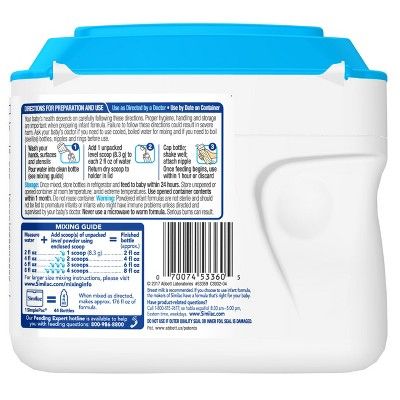
It’s a good idea to research or work with a medical provider or lactation consultant before beginning to add formula to your baby’s diet. They can help you determine how much formula to provide at each feeding, or in a 24-hour period.
Formula takes more work and time for little tummies to digest, so they often need less than you’d expect.
Gradually adjusting your breastfeeding sessions as you begin adding formula to your feeding plans will help you and your little one more readily make the transition from exclusively breastfeeding to combo feeding.
You aren’t producing enough milk
If you’re struggling to produce enough milk to satisfy your adorable, but insatiably hungry infant, you may be able to naturally boost your supply by hydrating, eating well, and pumping regularly.
However, sometimes — despite a mom’s best efforts — her production can’t match her baby’s demands. Hormonal changes, previous breast surgery, some medications, and even age can contribute to supply issues.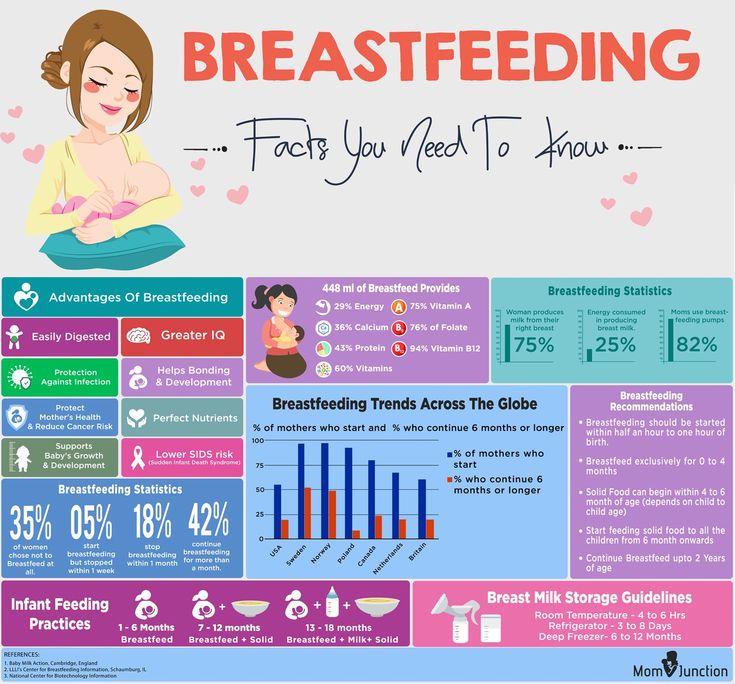
You’re a mom of multiples
A milk supply shortage can also impact moms of twins or multiples. Keeping up with the demands of two or more babies can leave you feeling depleted and sucked dry — even if your little ones remain ravenous.
Combination feeding might be the solution you’re looking for. Whatever routine you establish, give it time — you and your twins will adjust.
You need more sleep (and a break)
New parents are heroes. But you know what else is heroic? Asking for help.
Having a partner feed your wee one a bottle of formula can give you the solid chunk of Zzz’s you so desperately need.
If you’re unable to get help during the nighttime hours, consider giving your baby a small amount of formula before bed — it might keep their tummy satisfied for longer.
You’re going back to work
If you can’t or don’t want to juggle your job and your pump parts, consider combination feeding. For example, you can breastfeed in the morning and in the evenings, and have a caregiver provide formula in the hours in between.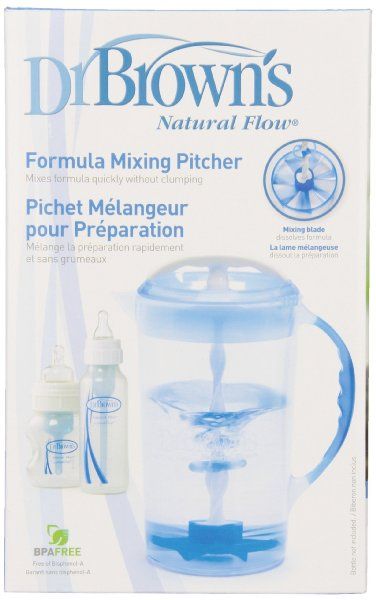
It will take time for your supply to adjust to this change, so don’t go cold turkey on your breast pump during the day. Also, be mindful that your baby might experience a reverse cycle and want to nurse more often when you are at home.
If you’re wondering if you can mix breast milk and formula in the same bottle, the answer is yes!
It’s important to adhere to some safety guidelines when doing this though.
First, prepare your formula
If you’re using powdered or concentrated formula, you will first need to prepare it per the instructions, making sure to add the correct amount of distilled or safe drinking water.
Once you’ve properly mixed the formula and water, you can add your breast milk.
Note that you should never use breast milk in place of water during formula prep. Maintaining the right ratio of water-to-formula and then adding breast milk separately ensures you won’t change the nutritional content of the formula.
Adding excessive water to formula can dilute nutrients, while adding insufficient water can put strain on a baby’s kidneys and digestive tract, causing dehydration.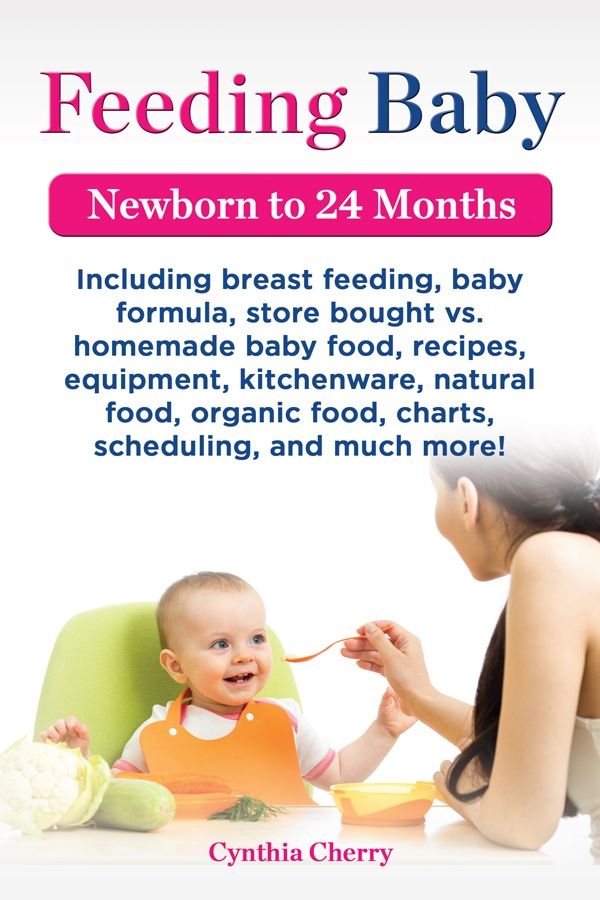 In extreme cases, this can also lead to neurological problems.
In extreme cases, this can also lead to neurological problems.
If you’re using ready-to-drink liquid formula, no extra steps need to be taken before combining it with your breast milk.
Ensure safe storage and disposal of breast milk and formula
There are different rules for the storage, use, and disposal of breast milk and formula.
Breast milk can be frozen in a food-grade plastic container for 6 months. Once thawed, it can stay in the refrigerator for 24 hours.
Freshly pumped breast milk can be kept in the back of the refrigerator for up to 5 days or in an insulated cooler for up to 24 hours.
An opened container of liquid formula should be refrigerated and used within 48 hours. If you have premade formula bottles, however, they should be used within 1 day. Likewise, a refrigerated bottle of formula mixed with breast milk should be used or discarded within 24 hours.
While a bottle of room temperature breast milk is good for up to 5 hours, a bottle of formula or breast milk mixed with formula should be discarded after 1 hour from the start of use.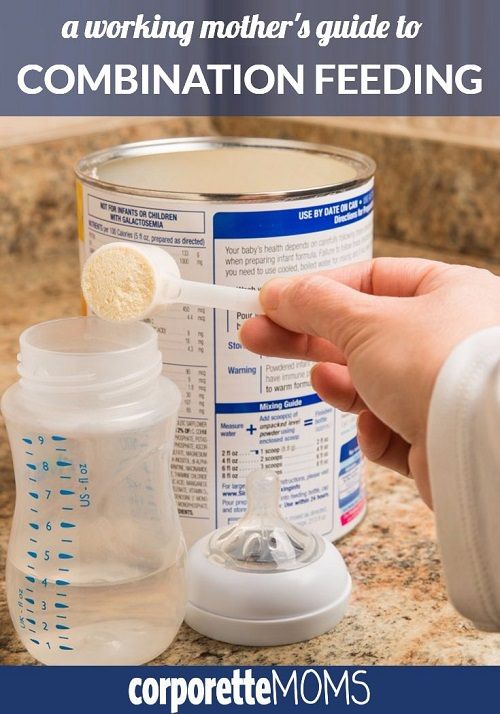
Bacteria reproduce quickly in anything cow-milk-based, so don’t try to save a partially used formula or formula-and-breast milk bottle in the refrigerator beyond that 60-minute mark.
What are the benefits?
Mixing breast milk and formula in the same bottle can make feeding time more convenient.
There are other advantages to this method of combination feeding, too:
- Baby may adjust to the taste quicker. If your finicky little love is used to your breast milk, they might initially turn their teeny nose up at the taste of formula. Mixing the two together may get them used to this unfamiliar flavor more readily.
- Baby may sleep for longer stretches. It takes more time for a baby’s body to process formula, so they might be able to go longer stretches of time in between feeds if you’re using both breast milk and formula together.
What are the risks?
There are some potential downsides — and even a few risks — to mixing breast milk and formula together in one bottle. Be aware of the consequences so you can make an informed decision.
Be aware of the consequences so you can make an informed decision.
You could be wasting breast milk
Many might cringe at the idea of mixing breast milk and formula in the same bottle, worried that some of that hard-earned precious “liquid gold” could go to waste.
No mama wants to see the fruits of her pumping labor go down the drain — so if your baby generally doesn’t finish their bottle, consider giving them breast milk first, and then offering a separate bottle of formula afterward if they still seem hungry.
Your supply may diminish
Adding formula to your routine — whether you’re supplementing with straight formula or mixing formula and breast milk together in a bottle — can cause a reduction in your milk supply.
Supplementing gradually can help ensure you maintain an adequate supply.
Potential health risks
As previously mentioned, it’s important to properly prepare your formula, per the instructions.
Breast milk shouldn’t be used as a substitute for water when making bottles with powdered or concentrated formula.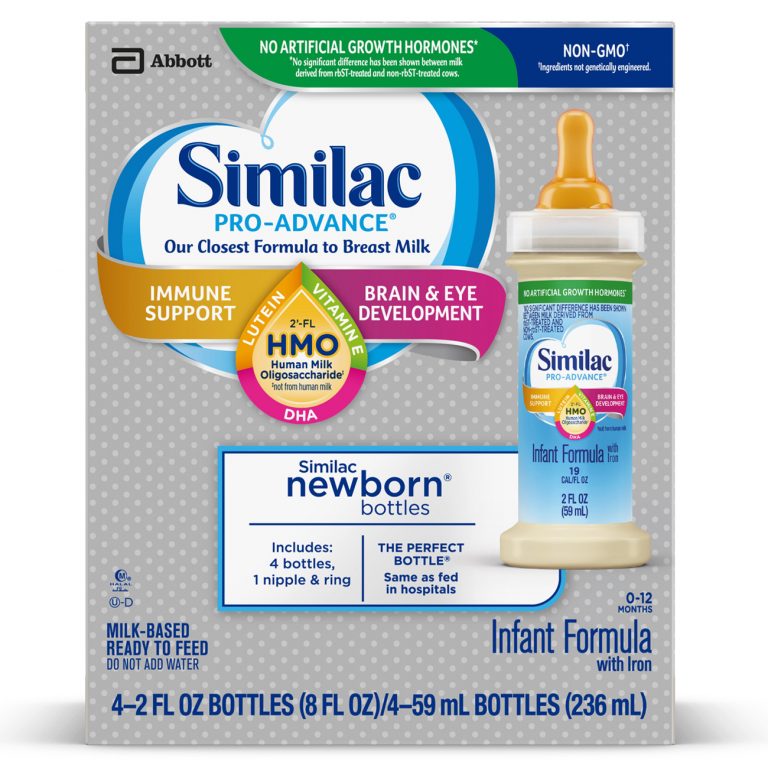 Neglecting to use the right amount of water could be hazardous to your baby’s health.
Neglecting to use the right amount of water could be hazardous to your baby’s health.
Furthermore, breast milk mixed with formula has a significantly shorter shelf life than breast milk alone. A bottle containing both together must be discarded within an hour of initial use.
Breast milk and formula don’t have to be mutually exclusive. Babies can thrive on breast milk, formula, or a combination of both.
Keep them separate, mix them together, nurse, pump, and find what works for you and your baby.
Just keep some key safety precautions top of mind when preparing bottles and you’ll figure it out in no time. You’ve got this!
Mixed infant feeding: how to start and introduce | Scheme and diet, menu for mixed feeding
Co-author, editor and medical expert - Klimovich Elina Valerievna.
Number of views: 66 863
Date last updated: 10/21/2022
Average read time: 4 minutes
, which means switching to mixed feeding. It is recommended to make a decision on the transfer of a newborn to mixed feeding together with a pediatrician who will help you choose the right mixture.
It is recommended to make a decision on the transfer of a newborn to mixed feeding together with a pediatrician who will help you choose the right mixture.
Contents:
When do mothers switch to mixed feeding?
How to organize mixed feeding?
When do mothers switch to mixed feeding?
1. Lack of own milk
In some cases, even if the mother puts the baby to the breast on demand, the child may still remain hungry and gain weight poorly. This is often evidenced by loud crying after eating. In this case, experts speak of hypolactia, when milk production is reduced due to a hormonal disorder.
The “wet diaper” method will help to make sure that the baby really does not have enough milk. Do not put "diapers" on your baby and count the number of his urination in one day. From two weeks of age to six months, the result is evaluated as follows: if you counted 12 or more wet diapers, then you have nothing to worry about, 8–10 wet diapers indicate that lactation has decreased, 6 or less - the child does not have enough milk, and urgent action should be taken.
Tip! Today there are many ways to increase lactation, but if they do not help, you should consult a pediatrician who will choose the right formula for supplementary feeding.
2. Lack of calories
Some mothers think that their milk is not nutritious enough. Most often, they come to such conclusions by expressing clear milk with a bluish tinge. But it cannot be nonnutritive or nutritious. Milk is “rear”, saturated white, thicker and fatter (for a child, this is “food”), and “front”, liquid with a bluish tint (“drink”).
Tip! If the amount of urination is normal, but the baby is not gaining weight, then you need to think about whether your baby is getting "hind" milk. To do this, offer him only 1 breast during 1 feeding.
3. Coming to work
Some mothers have to reduce the number of feedings after going to work. And their first impulse is to switch to mixed feeding. But you should always remember that the best food for a child is mother's milk. If you want to go to work, try to prepare for this in advance. Make a "strategic stock" of breast milk in the freezer so your baby always has food, even when you're not around.
If you want to go to work, try to prepare for this in advance. Make a "strategic stock" of breast milk in the freezer so your baby always has food, even when you're not around.
Tip! If you plan to go to work when your baby has started to receive complementary foods, then try to organize meals so that complementary foods are given to him in your absence. So you will have the opportunity to reduce the amount of formula or defrosted in his diet
Up to the content
How to organize mixed feeding?
Mixed nutrition has its own characteristics, which are very important for a nursing mother to know.
Basic rules for mixed feeding:
- The timing of the introduction of complementary foods depends on the amount of breast milk the baby receives. If it is 50-70%, then it is administered as with breastfeeding (at 6 months). If less than 50% of breast milk is present in the baby's diet, then complementary foods can be introduced at the age of 5 months.

- Always offer the breast first. Only if you see that the baby is not full, and the breasts are empty, then give him a mixture. It also helps increase lactation. The mixture should be introduced gradually. On the first day - 10 ml / 1 time, the second - 10 ml / 3 times, the third - 20 ml / 3 times. Increase the portion, bringing it to the norm.
- Only the breast should be given at night and formula should be avoided. This is due to the fact that from 3 to 8 am, prolactin is actively produced, which is responsible for lactation.
- Feed according to schedule (every 3-4 hours) and breastfeed on demand.
- Keep water boiled and utensils and formula sterile. You need to cook right before eating.
- Use a spoon instead of a bottle for complementary foods. Then you can avoid breast rejection.
- Remember that mixed-fed babies should be given water, as dehydration can lead to poor digestion.
Follow these simple rules and try to keep your baby breastfed for as long as possible.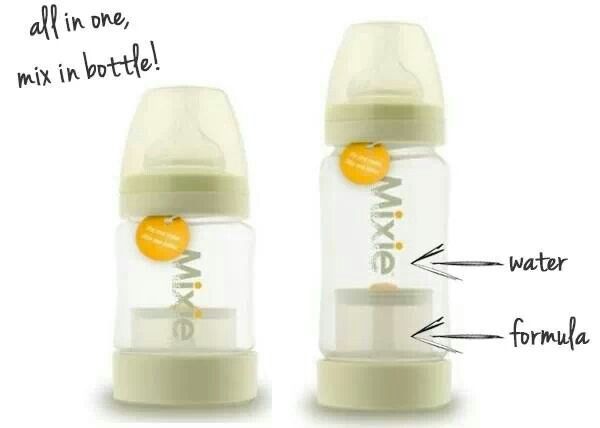 Your milk, even though it's not your baby's only food, contains invaluable trace minerals that will keep your baby healthy and strong.
Your milk, even though it's not your baby's only food, contains invaluable trace minerals that will keep your baby healthy and strong.
Back to Contents
The information in this article is for reference only and does not replace professional medical advice. For diagnosis and treatment, contact a qualified specialist.
What is mixed, artificial and natural feeding
Reviewer Kovtun Tatiana Anatolievna
13954 views
September 27, 2021
Login or register to save articles and products to your favorites
Feeding is the process of feeding a newborn.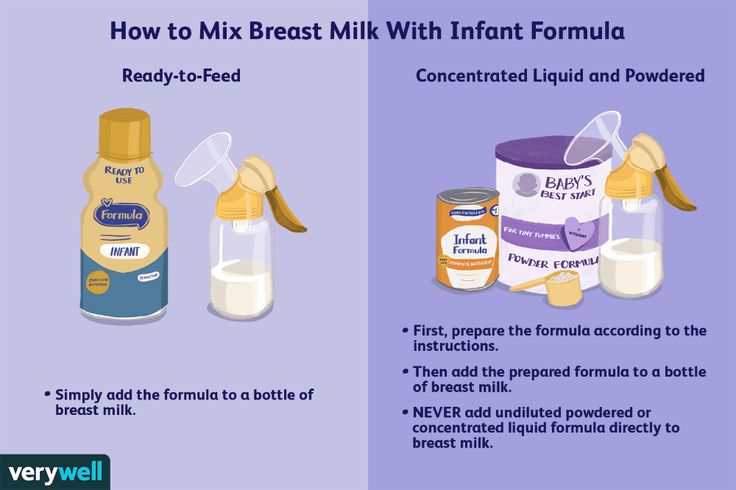 All babies need special nutrition: in the first years of life, active growth occurs, immunity is laid. Therefore, it is important that the child's body receives the right amount of fluid, minerals, vitamins and other nutrients.
All babies need special nutrition: in the first years of life, active growth occurs, immunity is laid. Therefore, it is important that the child's body receives the right amount of fluid, minerals, vitamins and other nutrients.
In the first months of life, the child receives breast milk or infant formula. Depending on which of these dairy products prevails in the child's diet, there are natural, mixed and artificial feeding. What is behind each?
Breastfeeding
The answer is hidden in the name itself: the baby eats breast milk. Experts are unanimous in their opinion: breast milk is the best food for a baby, and it is imperative to keep it at least up to 12 months. Breast milk contains a huge amount of nutrients and nutrients necessary for a child. In addition, each woman's breast milk is unique and fits - like a key to a lock - just for her child.
There are several types of breastfeeding:
- when the mother breastfeeds the child herself;
- the child is fed with mother's expressed breast milk from a bottle or other device;
- when the baby receives donor breast milk according to indications and only after consulting a doctor.
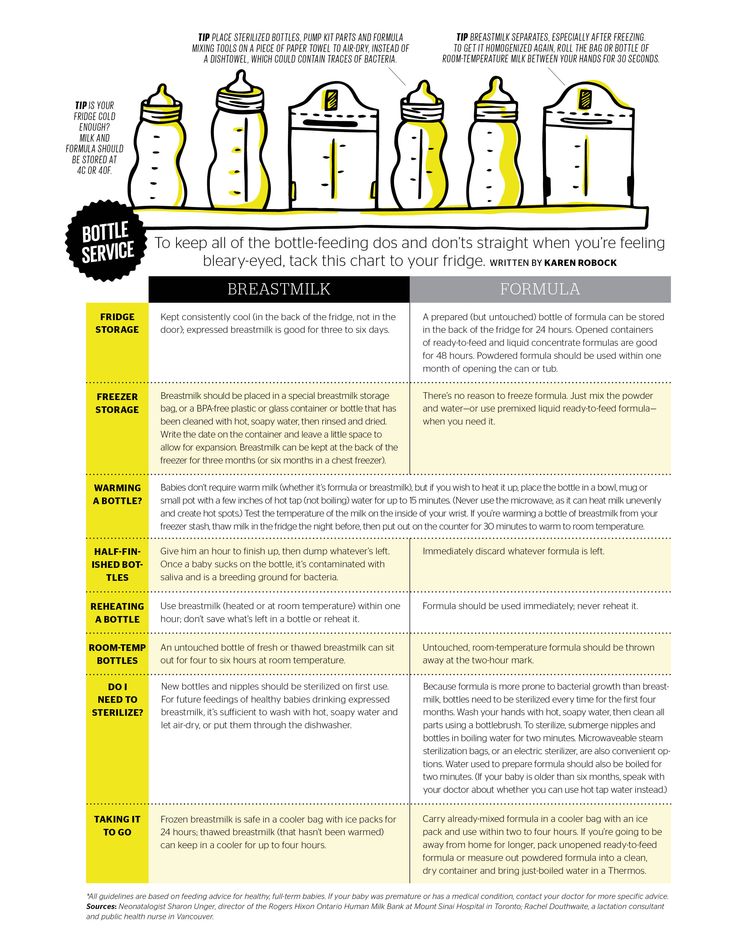
How to breastfeed
Although breastfeeding is a natural process, it needs to be "tuned in". In the first half hour after birth, the baby is applied to the chest, where he will drink only 3-5 milliliters of colostrum - a concentrated secret of the mammary glands, which is produced from the end of pregnancy and in the first days after childbirth. Colostrum is rich enough in nutrients, immune and other beneficial factors to meet the needs of a newborn baby.
In the next few days, the baby will eat colostrum, and only by the end of the first week after birth, the mother will have transitional, and then mature milk, which will become the basis of the diet of a newborn baby and a baby in the first months of life.
At first, it will be better to stick to free feeding, putting the baby to the breast on demand, about every 2-3 hours during the day and every 3-4 hours at night. The method of attachment to the breast, the features of the breastfeeding technique should be discussed with the pediatrician.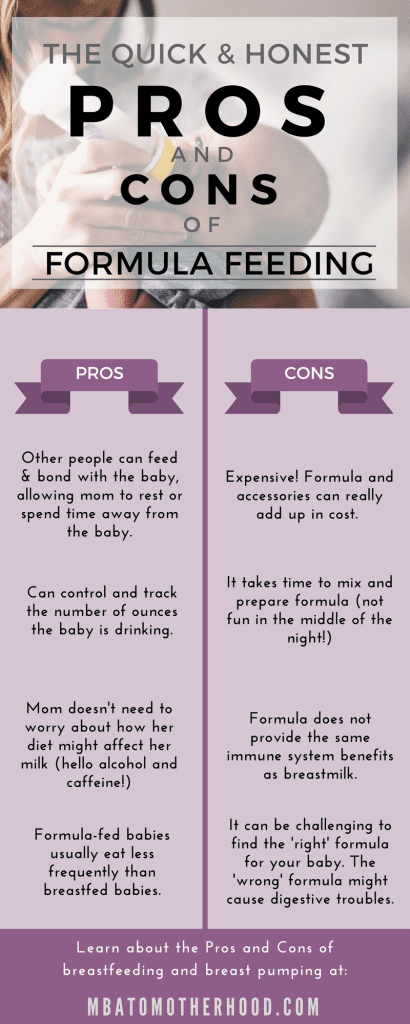
On the recommendation of the pediatrician who observes the baby, between 4 and 6 months of the child's life, complementary foods begin to be introduced against the background of breastfeeding. Complementary foods are all products, except for women's milk and infant formula, that supplement the diet with the nutrients necessary to ensure the further growth and development of the child.
Your paediatrician will determine the timing, schedule, and first foods for your baby's complementary foods. FrutoNyanya baby food has a special line of products that is suitable for the first complementary foods. It's called FIRST CHOICE.
Artificial feeding
Artificial feeding, or feeding, is the feeding of a child only with infant milk mixtures. Here, the pediatrician determines the indications for the transition to artificial feeding and selects the appropriate mixture for the child. There are many types of infant milk formulas: a formula-fed child can use a mixture for healthy babies, as well as a specialized or therapeutic formula if he has any health problems.
Infant formula
Mixed feeding is the feeding of a child with breast milk, including mother's expressed or donor milk, in any combination with an adapted milk formula. How to organize mixed feeding, the pediatrician will tell you. This is usually done on demand. Such feeding is resorted to when there is not enough breast milk. Malnutrition, the need and volume of supplementary feeding with a mixture is determined by the doctor when examining the baby.
There are several recommendations for mothers of babies who are on natural or mixed feeding:
- crumbs should be applied alternately to both breasts;
- for supplementary feeding, it is worth using nipples and bottles, individually selected for the child in shape, volume and other parameters, depending on the age of the baby;
- you need to correctly calculate the required amount of the mixture - this can only be done by a pediatrician, taking into account all the individual characteristics of the development and health of the baby.
